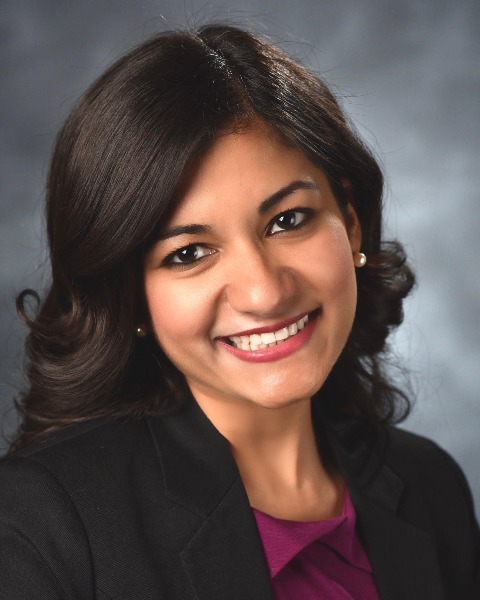Back
Emerging Speakers - Friday PM
FESS2 - Management of Comprehensive Esthetic Cases
Friday, July 21, 2023
2:00 PM – 3:00 PM PDT
Credits: 1
AGD Subject Code: 780- Esthetics/Cosmetic Dentistry
Course Type: Lecture
Bundle Fee: $120
Course Type: Lecture
Bundle Fee: $120

Saniya Setia, DDS
Mechanicsburg, Pennsylvania
Modern society has made beauty an integral part of one’s character and that has led to an increased demand in esthetic enhancement services. The lower one-third of the face has a major impact on the perception of facial esthetics. In recent years, there has been a paradigm shift in dentistry from just disease control and management to improvement of facial attractiveness, making it one of the primary elective goals of patients seeking dental care today.
We often attribute these esthetic demands to an urban society, but in my presentation I will share my journey of establishing an esthetic practice in an underserved community by addressing their dental needs through a nonjudgmental comprehensive lens. By actively listening to patient expectations and demands; utilizing the techniques of identification, diagnosis and patient education; leveraging appropriate data collection such as photography, radiology and diagnostic work-ups for case designing; and collaborating with the dental and interdisciplinary teams, I have been able to provide this delightful community with the beautiful smiles they deserve.
Esthetic dentistry is multifaceted. Numerous core principles and guidelines amalgamate together to govern the decision-making process of a successful cosmetic dentist. These are then utilized as foundations for applying the concepts of occlusion, macroesthetics, facial analysis, lip assessment, gingival tissue assessment, tooth positions, shade and material selection. By improving deficient facial proportion and dentoalveloar structures, surgeons, orthodontists and restorative dentists have the unique opportunity to address these esthetic and functional needs of patients. This presentation will display a series of patient cases and concepts that were incorporated in an interdisciplinary fashion to deliver natural beauty through restoration of ideal relationships between the dentition and the facial soft tissues.
We often attribute these esthetic demands to an urban society, but in my presentation I will share my journey of establishing an esthetic practice in an underserved community by addressing their dental needs through a nonjudgmental comprehensive lens. By actively listening to patient expectations and demands; utilizing the techniques of identification, diagnosis and patient education; leveraging appropriate data collection such as photography, radiology and diagnostic work-ups for case designing; and collaborating with the dental and interdisciplinary teams, I have been able to provide this delightful community with the beautiful smiles they deserve.
Esthetic dentistry is multifaceted. Numerous core principles and guidelines amalgamate together to govern the decision-making process of a successful cosmetic dentist. These are then utilized as foundations for applying the concepts of occlusion, macroesthetics, facial analysis, lip assessment, gingival tissue assessment, tooth positions, shade and material selection. By improving deficient facial proportion and dentoalveloar structures, surgeons, orthodontists and restorative dentists have the unique opportunity to address these esthetic and functional needs of patients. This presentation will display a series of patient cases and concepts that were incorporated in an interdisciplinary fashion to deliver natural beauty through restoration of ideal relationships between the dentition and the facial soft tissues.
Learning Objectives:
- Diagnose interdisciplinary comprehensive esthetic cases by understanding the appropriate position of teeth in relation to the face, and enhance esthetics, function and concepts of occlusal schemes.
- Treatment plan these comprehensive cases by understanding essentials of data collection, including photography, intraoral scans, digital and analog models, diagnostic wax-ups, lab communications and material selection.
- Execute the case by appropriate techniques of tooth and arch preparations, temporary fabrication, analysis of occlusion and final prosthesis delivery and maintenance. Cases will range from restorative to implant prosthesis.

.png)